While studying amplifiers, I came across the AC equivalent circuit of an amplifier:
To calculate the output resistance of the amplifier, the input signal was set to zero and the load resistance was removed as shown in the figure:
What is the reason for doing so?
Link to the PDF I am referring to is here.

